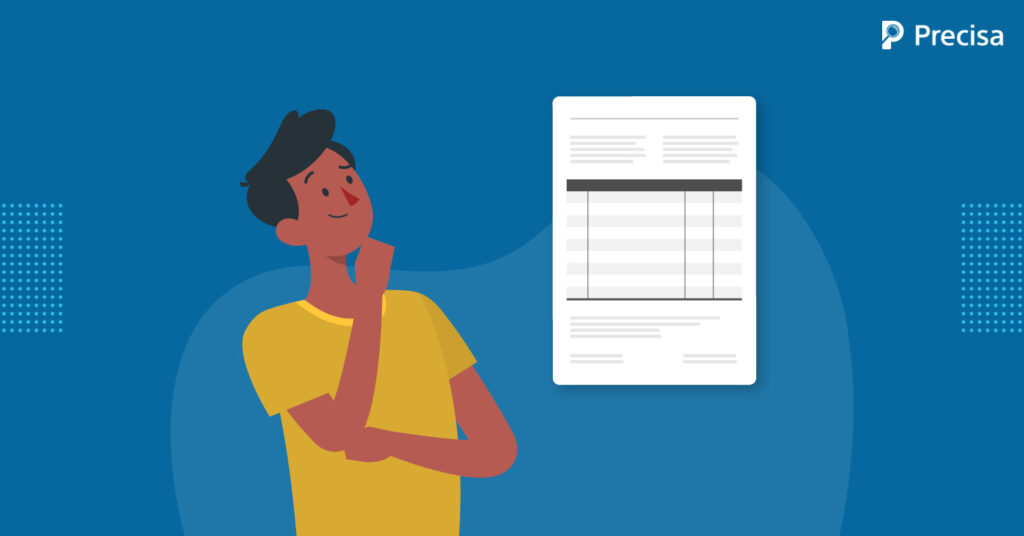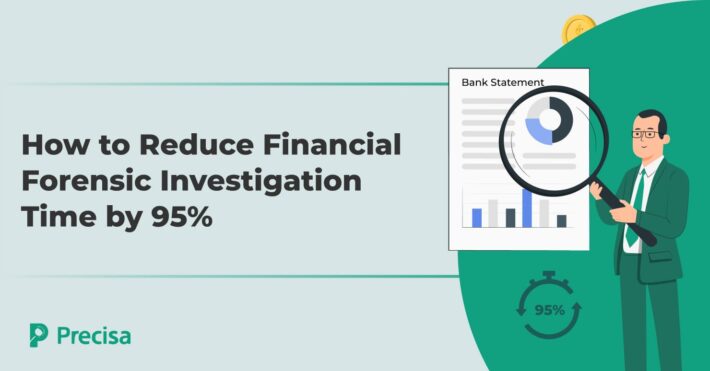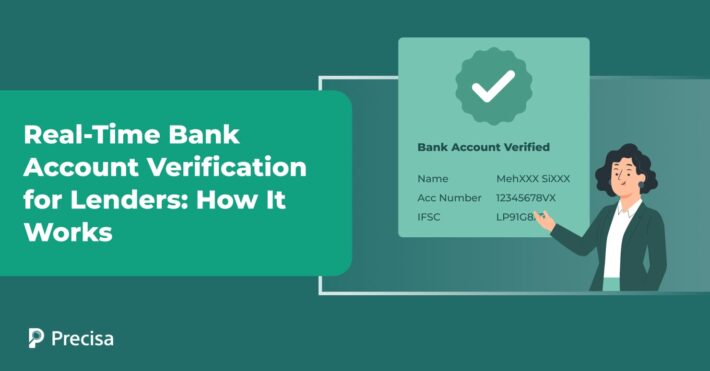Do You Know What Exactly Does a Bank Statement Analysis Tell Us?

Getting a bank loan approved is a time-consuming process that necessitates a thorough paperwork review. The verification process differs by the bank. Before sanctioning any loan, the bank considers four key factors: safety, liquidity, spread, and profitability.
Banks will then examine previous funds flow statements from the bank statement over a period of time to ensure that the customer/borrower is financially sound and will be able to repay the loan on time.
Bank statement analysis is a crucial step in approving a loan for a customer. The bank examines the expenditures on the statement and determines whether the customer has the funds to repay their loan debt.
What is Bank Statement Analysis?
Bank statement analysis is the analysis of the financial transactions of borrowers. It is a reliable record of a person’s income and expenses that give a clear picture of his or her financial position. Borrower financial transactions are defined as outflows, debits, credits, and inflows over a period of time.
The simplest technique to determine a borrower’s creditworthiness is to examine their bank statements. It gives you a thorough picture of the borrower’s payment history, transacting patterns, and so forth.
Problems with Manual Bank Statement Analysis
A bank statement’s contents are not uniform or consistent between banks. They’re packed with non-standard abbreviations and narratives, and each bank has its unique way of presenting these details.
As a result, bank statement analysis isn’t as simple as converting pdf data to excel or another format. Bank statements are collected from borrowers in bank branches or by field agents and examined in the back offices. Bank statement file formats have also evolved significantly, from scanned images of statements to system-generated PDFs to now XML files.
Consider the number of countries in the world, as well as the number of banks in each, each having its own set of narratives and acronyms in financial statements. At least a dozen formats are available in urban banks. A bank statement analysis tool must be able to manage all of these variances, analyse data, and deliver useful insights to help decision-makers make the best possible decisions.
What is a Bank Statement Analysis Tool?
A bank statement analysis tool extracts data from bank statements, classifies and categorises transactions, analyses the data, finds fraudulent transactions and other irregularities, and assigns a score to overall creditworthiness.
Many banks and NBFCs have devised automated solutions or partnered with technology companies to develop parsers to interpret bank statements. There are numerous PDF Reader and OCR Reader solutions on the market that can read data from PDF and Image files.
A tool parses information from scanned photos or PDF documents, organises it, and summarises borrowers’ account activity. It provides a snapshot of a person’s liabilities, recurring transactions, and monthly dues, which aids banks and financial institutions in determining how much money they may lend to borrowers.
Use Cases of Bank Statement Analysis
Although it may appear that the bank statement analysis is only used by banks, this is not the case. Various other parties also analyse bank statements for various reasons.
1. To Determine Borrower Creditworthiness/Underwriting
Lending money accounts for the majority of the revenue of financial institutions, whether it is commercial or retail banking. However, lending being a risky business, before approving any loan, a financial institution will do a background check.
This enables them to determine whether the borrower can repay the money within the agreed time period. The lender can use a bank statement analysis tool to analyse the borrower’s creditworthiness in real-time.
Underwriting is the procedure by which a company offers out loans at low risk in exchange for a fee. Bank statement analysis aids businesses in determining where bank deposits originate, what assets an individual owns, income verification, and whether a person has the ability to repay loans on time.
2. Identify Red Flags of Customers
High cash deposits and withdrawals, a negative account balance, exceeding overdraft restrictions, and rejected checks are just a few of the red flag indicators.
With the help of a bank statement analysis tool, one can eliminate time-consuming manual verifications, automate the identification of income and expense patterns, and provide a customised output that leads to segregated information about balances, recurring income and expenditure, bounced checks, if any, and other information that determines the borrower’s accurate financial health and makes it easier for the lenders to make informed decisions.
Bank statement analysis helps blacklist borrowers who miss on payments or have a poor credit history, allowing lenders to avoid making mistakes when issuing loans.
3. Identify Tax Evaders
Income tax officers and other tax officials can determine whether all transactions have been disclosed by the taxpayer by analysing their bank statements. This aids in determining whether all returns have been paid in accordance with the transactions and eliminate any possibility of tax avoidance by the taxpayer.
4. Fraud Checks
If an organisation suspects that vendors or other parties have engaged in fraudulent activity, they might analyse their bank statement to investigate. Here, a tool can also inform the company if the bank-provided PDFs have been tampered with in any way, allowing for a proper fraud check to be implemented.
A bank statement analysis tool can uncover trends in recurrent transactions and identify examples of financial fraud in bank statements. Statement analysis models compare what appears on the business ledger to what appears on account statements. Accounts with mismatched balances are flagged for fraud, and if the facts are correct, the accounts are reviewed and validated.
Final Thoughts
Bank statement analysis can assist you in determining and identifying an individual’s banking patterns. This statement contains all of the information you need, from deposit predictions to withdrawal forecasts.
It can assist banks in identifying consumers who take longer to repay their loans. Furthermore, variations between sales and bank collections can also be generated using a tool.
Precisa is a bank statement analysis tool that scrutinises even the tiniest details in bank statements to ease the decision-making process. The software performs an online assessment of the numerous pages of a bank statement, automated to enable faster and more accurate decision-making in less time and lower cost. It takes into account all the vital details and helps decide on behalf of the vendor.
It helps the lenders check the borrower’s credibility and make an informed decision when giving out loans. Try out Precisa with a 14-day free trial.




